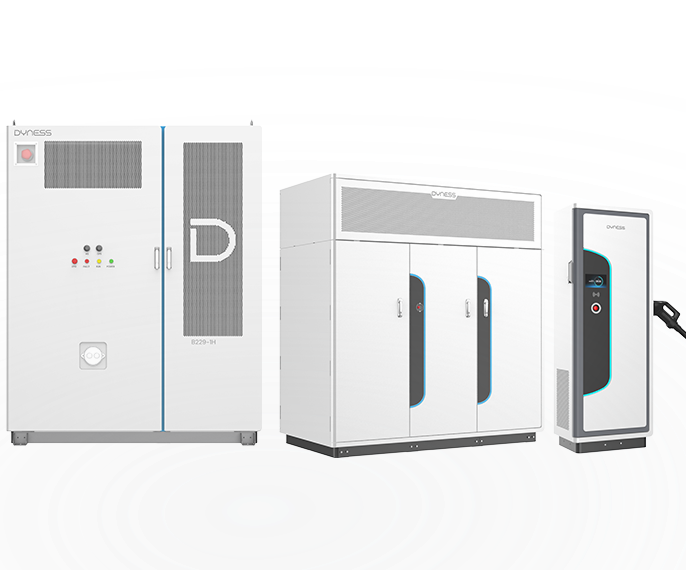Dyness Knowledge | Solar and energy storage must-learn terminology(C&I)
-
Technical Blog
-
2024-01-18
-
Dyness

Dyness will take you to learn the terminology of optical storage C&I energy storage in 3 minutes.
As an innovative energy storage solution, optical storage technology is gradually attracting the attention and adoption of more and more enterprises and industries. So how much do you know about the technical terminology of the optical storage industry? Today, Dyness will take you to learn the terminology of optical storage C&I energy storage in 3 minutes.
1. Peak-valley arbitrage
Energy storage peak-valley arbitrage refers to the use of the peak-valley price difference of the power grid and the time-shift characteristics of energy storage to store the electricity at the valley price and parity in the energy storage equipment. Then, it is a business model that sells the stored electric energy at peak and peak times to obtain profits.

Specifically, the peak period of the grid refers to the period of high power consumption, and the valley period refers to the period of low power consumption. During peak hours, electricity prices are higher, while during valley hours, electricity prices are lower. Therefore, the business model of energy storage peak-valley arbitrage is to buy cheap electricity during valley hours, store it in energy storage equipment, and then sell the stored electricity during peak hours to make a profit. This business model can effectively allocate power resources and improve energy utilization efficiency.
2. Dynamic capacity increase
With economic development and social progress, social electricity consumption is increasing year by year, and the demand for electricity is diversified, and users have higher and higher requirements for power supply quality. For intermittent high-power loads such as fast charging piles, directly increasing the transformer capacity or even adding new transformers will not only increase the construction cost of the distribution network, but also reduce the utilization rate of distribution transformers and line equipment, resulting in an increase in power supply costs.

Therefore, the energy storage device is used to assist the users in the area to provide the required active and reactive power during the peak period of electricity consumption. Charge the energy storage during the low power consumption period to realize flexible capacity expansion of distribution transformers. Help users reduce the cost of transformer use and reduce the investment and expansion period of transformers. To maximize revenue, this process is dynamic capacity expansion. Dynamic capacity increase is very suitable for short-term overload (1-2 hours is the best) scene where the charging does not exceed the capacity.
3. Reduce demand
Demand: Refers to the average value of power within a specified time interval. The maximum demand refers to the maximum value of demand recorded in a specified period or billing period. Demand is a kind of power measurement, or to be precise, it is a kind of average power. The specified time interval is the demand cycle, which is generally 15 minutes in our country.

The electricity consumption of the enterprise can be counted. If the electricity consumption of the enterprise is relatively regular, the time-shifting characteristics of energy storage can be used to discharge when the electricity load of the enterprise is large. Charge when the electricity load of the enterprise is small, reduce the maximum demand, and reduce the basic electricity bill of the enterprise. If the enterprise's electricity consumption has no obvious time period pattern, the real-time load of the enterprise can be tracked. Discharging when the enterprise's electricity load exceeds the set value and charging when the enterprise's electricity load is less than the set value can also reduce the maximum demand.
Dyness launched the DH200F product for industrial and commercial scenarios, adopting all in one design, with a single capacity of 215kWh, flexible configuration and minimal installation. The expansion to MW level will be delivered according to the 20/40-foot standard, which can perfectly match the above scenarios such as peak-valley arbitrage, dynamic capacity increase, and demand reduction, and help owners reduce electricity bills.

































































